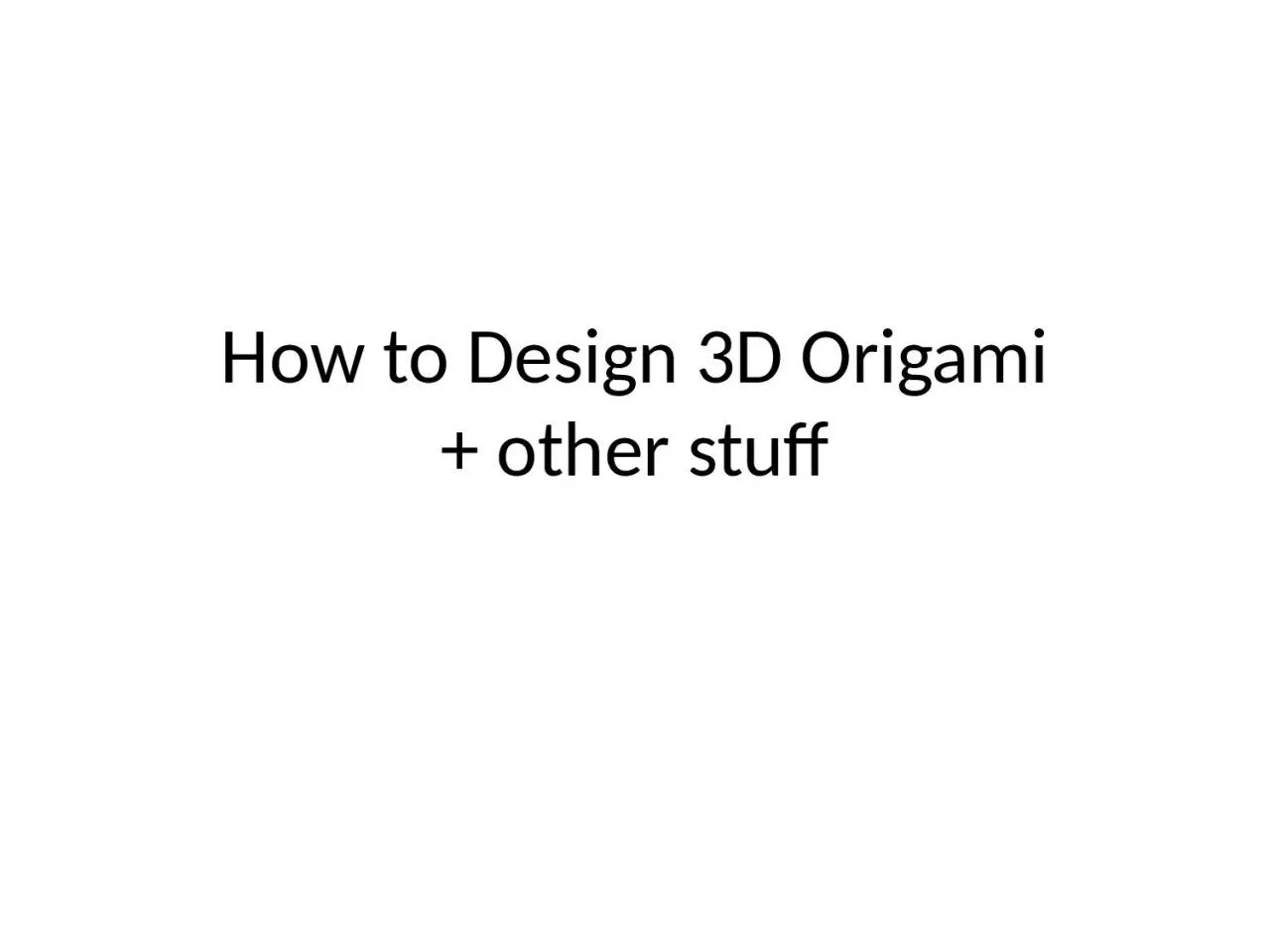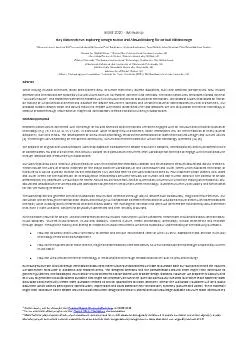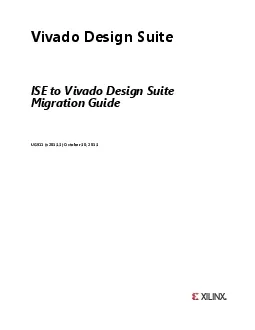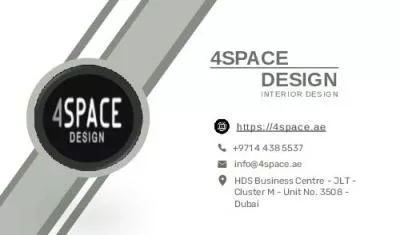PPT-How to Design 3D O rigami
Author : SparkleQueen | Published Date : 2022-08-03
other stuff Outline A primer to scaffolded DNA origami Design Methods CaDNAno Cando Tutorial What we already covered Bricks are domains of doublehelices composed
Presentation Embed Code
Download Presentation
Download Presentation The PPT/PDF document "How to Design 3D O rigami" is the property of its rightful owner. Permission is granted to download and print the materials on this website for personal, non-commercial use only, and to display it on your personal computer provided you do not modify the materials and that you retain all copyright notices contained in the materials. By downloading content from our website, you accept the terms of this agreement.
How to Design 3D O rigami: Transcript
Download Rules Of Document
"How to Design 3D O rigami"The content belongs to its owner. You may download and print it for personal use, without modification, and keep all copyright notices. By downloading, you agree to these terms.
Related Documents














